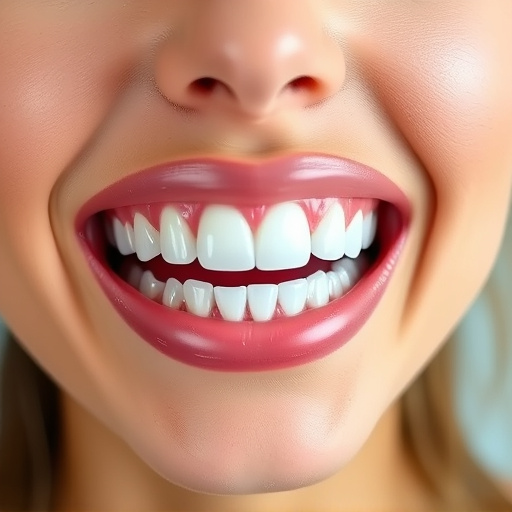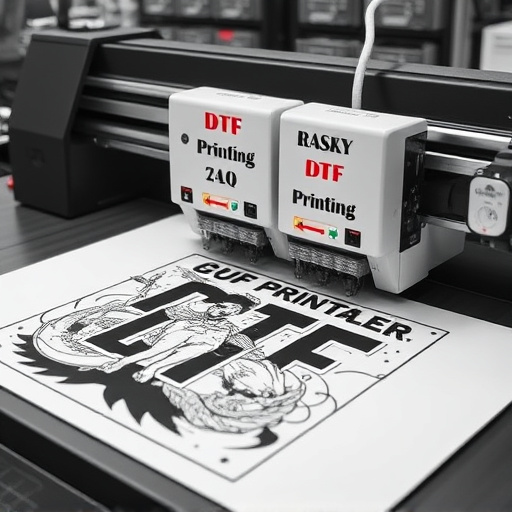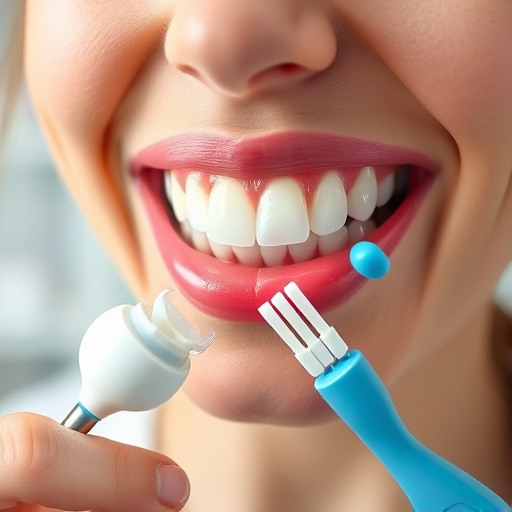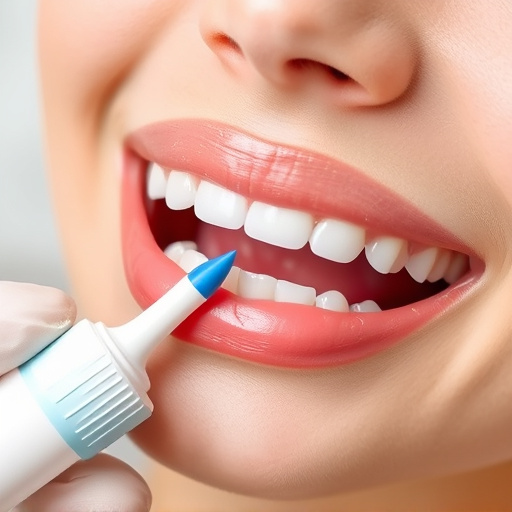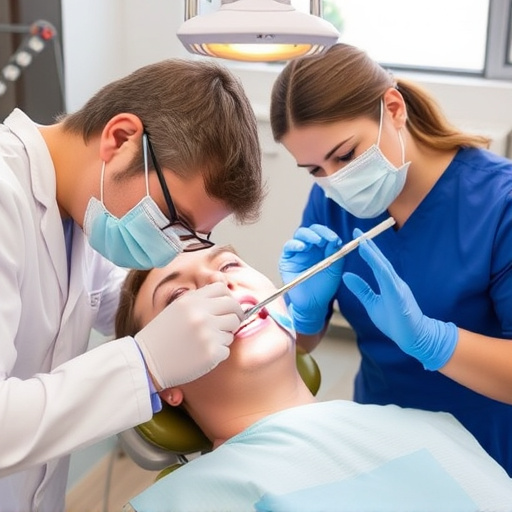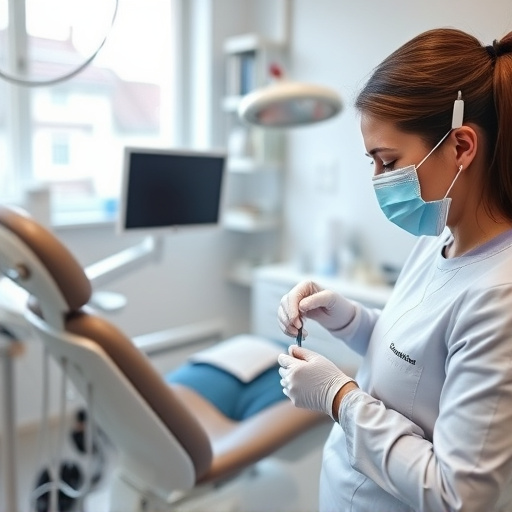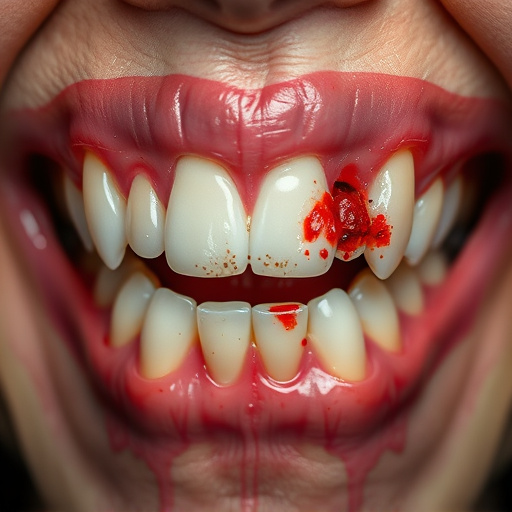Dental crowns and bridges have evolved significantly with innovative materials like zirconia ceramics and metal alloys reinforced by advanced bonding agents, enhancing durability and aesthetics. Modern technology, including CAD/3D printing, revolutionizes fitting precision and customization, reducing treatment times and patient discomfort while increasing dentist efficiency. This integration offers comprehensive dental care, from precise restorations to emergency services, improving oral health and quality of life with natural-looking solutions.
Modern advances in dental crowns and bridges technology have revolutionized oral healthcare, offering patients more effective, esthetic, and comfortable treatment options. From innovative materials like ceramic, zirconia, and metal alloys to sophisticated design tools like CAD and 3D printing, the field has seen significant progress. Implant-supported bridges, digital imaging, and laser technology further enhance precision and patient comfort. Additionally, minimally invasive procedures and virtual dentistry are trending, making quality oral care more accessible than ever.
- Materials and Design Innovations in Dental Crowns
- – Exploring advanced materials like ceramic, zirconia, and metal alloys
- – Computer-aided design (CAD) and 3D printing for precise fitting and esthetics
Materials and Design Innovations in Dental Crowns

The evolution of dental crowns and bridges technology has witnessed remarkable strides, primarily driven by innovative materials and design advancements. Modern dentists now have a plethora of options to offer patients, from all-porcelain crowns that mimic natural teeth in both appearance and function, to more durable metal alloys reinforced with ceramic. These materials not only enhance the longevity of dental restoration but also improve overall patient comfort and satisfaction.
Design innovations include intricate computer-aided design (CAD) and computer-aided manufacturing (CAM) techniques, enabling precise fitting and customization. This technology allows for the creation of cosmetic fillings and tooth repair solutions that are not only aesthetically pleasing but also structurally sound. Additionally, advanced bonding agents have revolutionized the way crowns and bridges adhere to teeth, resulting in stronger, more long-lasting dental restorations.
– Exploring advanced materials like ceramic, zirconia, and metal alloys

The evolution of dental crowns and bridges technology has led to a significant shift in materials, offering improved aesthetics and durability. Advanced ceramic materials have emerged as a popular choice due to their natural look and feel, making them ideal for restoring teeth while maintaining a seamless integration with surrounding tooth structures. Zirconia, known for its exceptional strength and biocompatibility, is another innovative material that provides excellent long-term results in both posterior and anterior restorations.
Additionally, metal alloys, particularly those containing precious metals like gold and platinum, continue to be valued for their resilience and corrosion resistance. These materials offer a reliable solution for patients requiring robust and lasting dental crowns and bridges. With advancements in technology, general dentistry practices now provide comprehensive dental care options, ensuring that patients receive state-of-the-art treatments, including emergency dental care when needed, all under one roof.
– Computer-aided design (CAD) and 3D printing for precise fitting and esthetics

The integration of computer-aided design (CAD) and 3D printing has revolutionized the landscape of dental crowns and bridges, marking a significant advancement in both precision fitting and esthetics. This technology allows dentists to create highly customized restorations tailored to each patient’s unique needs, ensuring optimal comfort and aesthetic appeal. With CAD, digital impressions can be taken, enabling precise measurements and designs that are then fed into 3D printers, capable of fabricating crowns and bridges with intricate details in a fraction of the time traditional methods require.
This innovative approach offers numerous benefits for both patients and dental professionals. Patients benefit from quicker treatment times, reduced discomfort, and enhanced long-term results. Dentists, on the other hand, gain increased efficiency, improved accuracy, and the ability to provide comprehensive dental care, including emergency dental care when needed. Moreover, the esthetic advantages of CAD/3D printed crowns and bridges make them a preferred choice for those seeking natural-looking replacements, contributing to improved oral health and enhanced quality of life.
Modern advances in dental crown and bridge technology have revolutionized oral care. By leveraging advanced materials like ceramic, zirconia, and metal alloys, along with computer-aided design (CAD) and 3D printing, dentists can now provide precise, aesthetic, and durable restorations. These innovations not only enhance patient comfort and satisfaction but also ensure long-lasting results, contributing significantly to the field of dental care.


